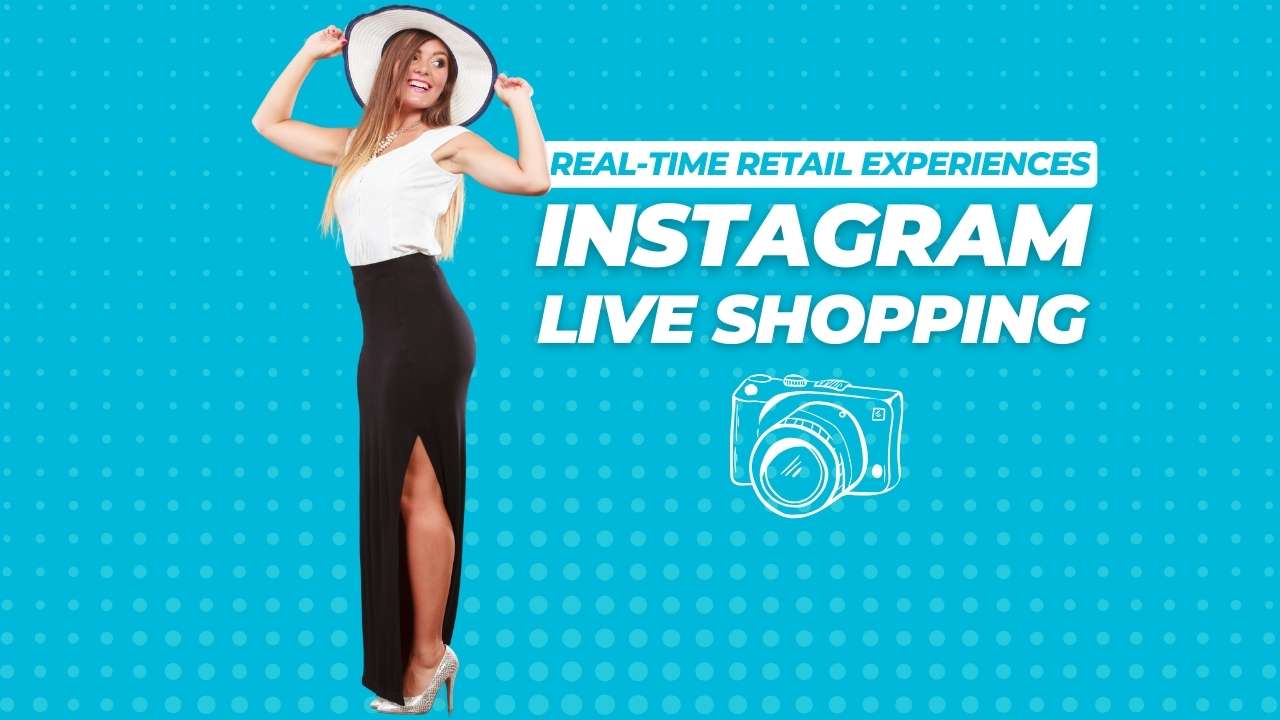Retailers offer loyalty programs as a way to retain customers and incentivize them to make repeat purchases. These programs can be very beneficial to consumers, offering rewards such as discounts, free products, and exclusive access to sales and events. However, with so many different types of loyalty programs available, it can be difficult to choose the best one for you. In this article, we will provide a guide to the different types of loyalty programs offered by retailers and how to choose the best one for you.
Types of Loyalty Programs
Points-Based Programs: In this type of program, customers earn points for every purchase they make. These points can then be redeemed for rewards such as discounts, free products, or exclusive access to events. The more points a customer earns, the better the rewards they can receive.
Tiered Programs: Tiered programs offer different levels of rewards based on a customer’s loyalty. Customers who make more purchases or spend more money will be placed in higher tiers, which offer better rewards. For example, a silver member may receive a 10% discount on purchases, while a gold member may receive a 20% discount.
Cash-Back Programs: In a cash-back program, customers receive a percentage of their purchases back in cash or store credit. For example, a customer may receive 5% cash back on all purchases they make.
Coalition Programs: Coalition programs are partnerships between different retailers, where customers can earn and redeem rewards across multiple stores. For example, a customer may earn points at a grocery store, which can then be redeemed for discounts at a clothing store.
Gamified Programs: Gamified programs use game-like elements such as challenges and rewards to incentivize customers to make purchases. For example, a customer may earn points for completing a challenge such as making a certain number of purchases in a month.
Choosing the Best Loyalty Program for You
When choosing a loyalty program, there are several factors to consider:
Rewards: Consider what rewards the program offers and whether they are valuable to you. If you frequently shop at a particular store, a points-based program may be the best choice, as you can earn discounts or free products. However, if you prefer cash rewards, a cash-back program may be a better fit.
Fees: Some loyalty programs may charge a fee to join or maintain membership. Consider whether the fees are worth the rewards offered.
Expiration Dates: Some loyalty programs may have expiration dates on points or rewards. Make sure to understand the program’s expiration policy and whether you can realistically use the rewards before they expire.
Restrictions: Some loyalty programs may have restrictions on how rewards can be used. For example, a discount may only be valid on certain products or during a specific time period. Make sure to understand any restrictions before joining a program.
Ease of Use: Consider how easy the program is to use. Is it easy to earn and redeem rewards? Is the program’s website or mobile app user-friendly?
Frequency of Purchases: Consider how often you shop at the retailer and whether you can realistically earn enough rewards to make the program worth it. For example, if you only shop at a store once or twice a year, a loyalty program may not be worth the effort.
Personalisation: Some loyalty programs offer personalized rewards or recommendations based on a customer’s purchase history. Consider whether this level of personalization is important to you.
Sign-Up Bonuses: Some loyalty programs offer sign-up bonuses, such as a discount on your first purchase or bonus points. Consider whether these bonuses are worth the effort of signing up for a new program.
Social Media Engagement: Some retailers offer rewards for engaging with them on social media, such as liking their Facebook page or following them on Twitter. Consider whether you are willing to engage with the retailer on social media to earn rewards.
Customer Service: Consider the level of customer service offered by the retailer and the loyalty program. Will you have access to a dedicated customer service team to address any issues or concerns you may have?
Loyalty programs can be a great way to save money and earn rewards on your purchases. However, with so many different types of programs available, it can be difficult to choose the best one for you. Consider factors such as rewards, fees, expiration dates, restrictions, and ease of use when choosing a program. By doing so, you can find a loyalty program that offers valuable rewards and fits your shopping habits.















